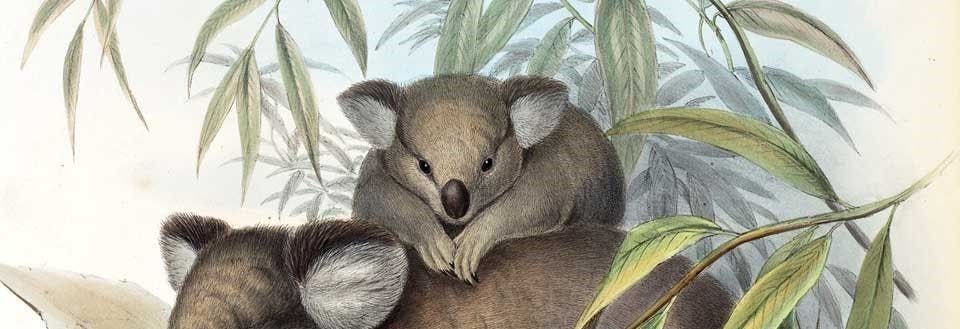Schaeffer, Jacob Christian (1718-1790).
Die grünen Armpolypen, die geschwänzten und ungeschwäntzen zackigen Wasserflöhe, und ein besondere Art kleiner Wasseraale. Regensburg: Gedruckt bey Emanuel Adam Weiss, 1755.
One of the first non-insect invertebrates to be investigated was Daphnia. It was first observed and illustrated by Jan Swammerdam in 1669, but few others took much interest, and Linnaeus omitted it entirely from his System of Nature. So it is rather remarkable that Jacob Schaeffer wrote an entire monograph on this elegant crustacean in 1755, and managed to discover how it moved, fed, and reproduced. Daphnia can be observed under low-power magnification, and being transparent, its inner workings—especially the beating heart—are readily apparent to the curious observer. They certainly were to Schaeffer, who included several colored engravings of his little beastie, which he called the “tailed, branched water flea,” translating from his native German tongue. Schaeffer did not then subscribe to the Linnaean reform of nomenclature. The name Daphnia was finally coined in 1785 by Otto Müller, who just happens to be the author of our next exhibit item.

